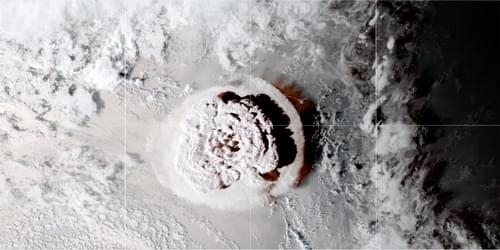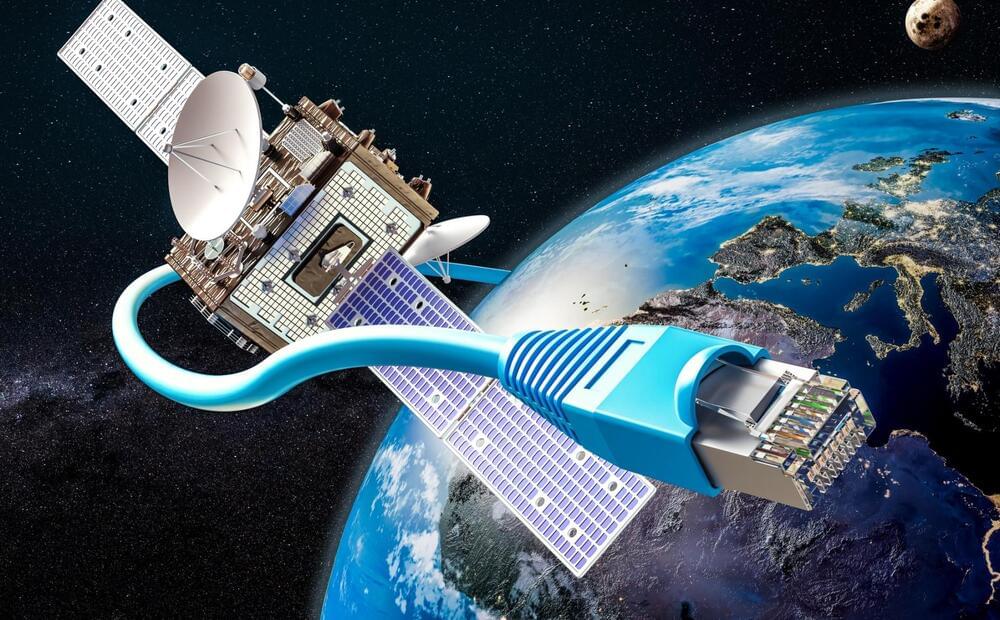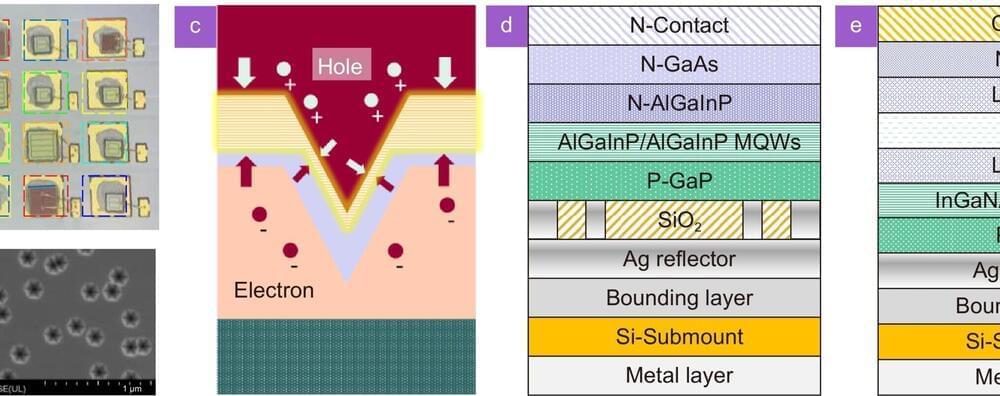
The 2022 eruption of a partially submerged volcano near Tonga produced ejecta that hurtled at 122 kilometers per hour—as determined by timing the ensuing rupture of a seafloor cable.
On January 15, 2022, Earth experienced its most explosive volcanic eruption in 140 years at Hunga Tonga–Hunga Haʻapai, a partially submerged volcano in the Pacific Ocean near the Kingdom of Tonga’s main island. Now Michael Clare and Isobel Yeo of the UK’s National Oceanography Centre and their colleagues have determined the maximum speed of the underwater rock flows associated with this event [1]. Their study constitutes the most detailed investigation into the underwater aftermath of a powerful volcanic eruption and opens a new window onto a broad class of particle-laden flows.
The eruption at Hunga Tonga–Hunga Haʻapai hurled more than 6 km3 of debris up to a height of 57 km. When that ejecta plunged back to Earth, some of it struck the volcano’s steep underwater slopes, launching torrents of water-entrained sediment outward across the seafloor. Seven minutes after the initial eruption, Tonga lost its internet connection to the rest of the world, an event that Clare, Yeo, and their colleagues used to deduce the speed at which the entrained material moved.
















